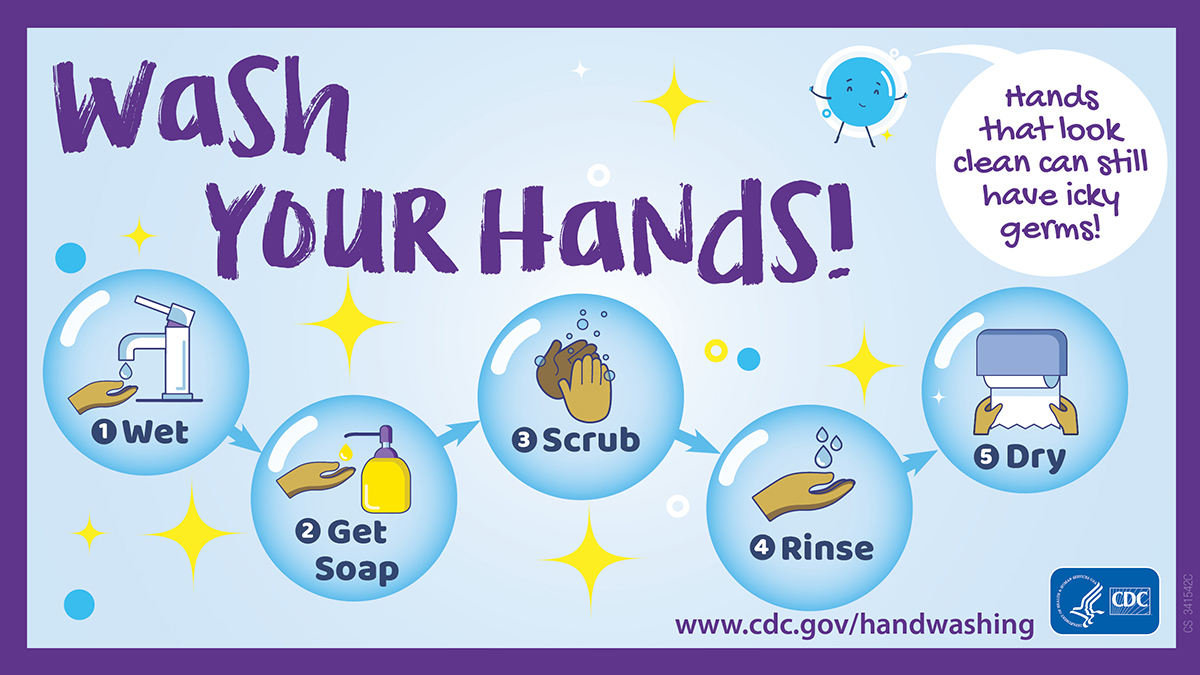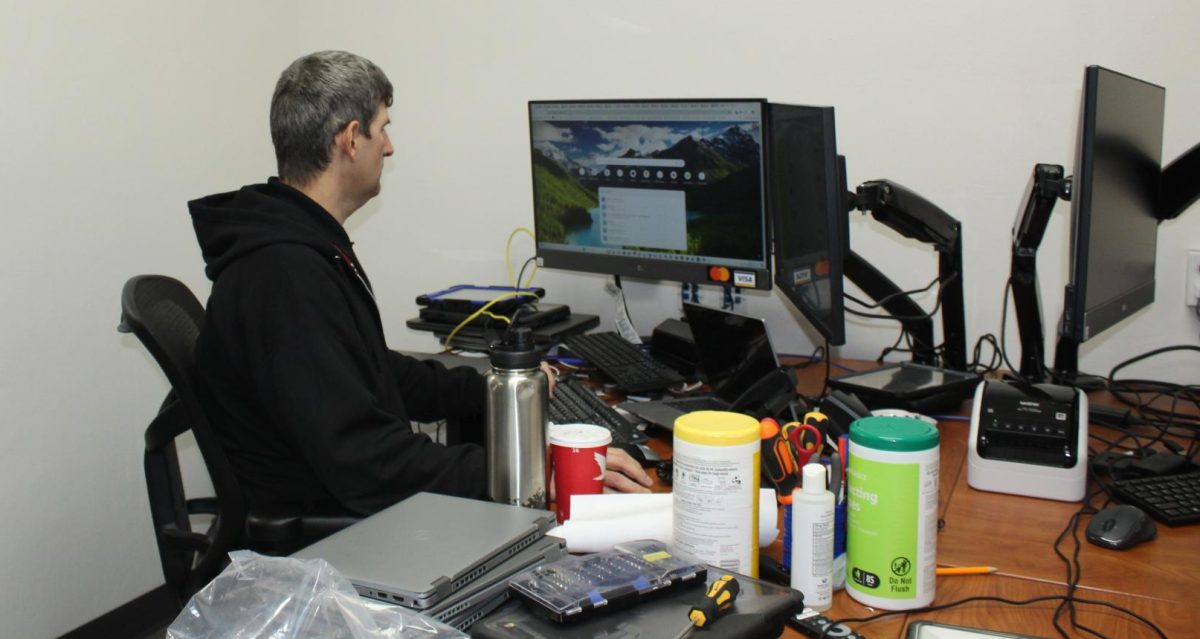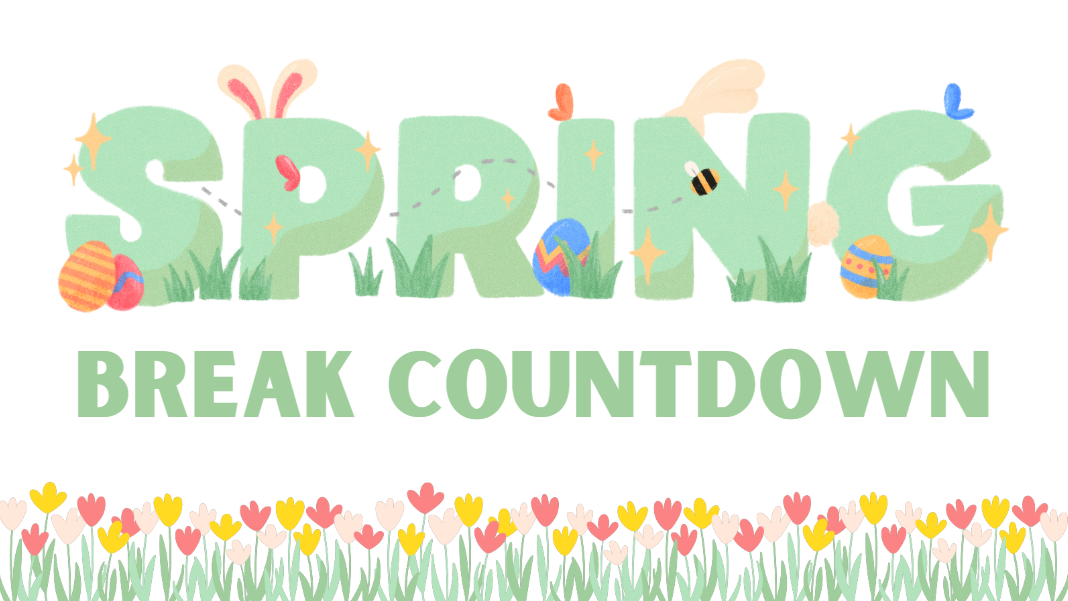Spring has finally arrived, but it hasn’t arrived with mild potency. Officially speaking, allergy season usually peaks in April when most trees begin flowering. However, the climate has gradually started to warm and this year’s allergy season has arrived a few weeks earlier than the previous year.
So what exactly does that mean for people who suffer with allergies during the warmer spring climates? Many
Americans will be experiencing the typical runny nose, itchy eyes, coughing, and incessant sneezing earlier this year. Usually allergy season coincides with the spring flu since it involves being in close proximity to someone who is unknowingly spreading their germs by not practicing proper precautions when sick. To combat this, here are two ways that students at STA can protect their health and stay safe during this time.
Sanitation
Sanitation is a huge issue during allergy season and the yearly cases of spring fever or spring flu, especially in densely populated areas. To actively prevent infection or cross contact with germs, this means taking extra precautions such as washing your hands more frequently and using hand sanitizer more often during trips to the restroom or after holding hands with another person. This is imperative especially when living in close quarters with those who are susceptible to the flu or are currently experiencing moderate allergic reactions from pollen during allergy season. To practice safe sanitation, the CDC recommends that you wash your hands frequently, especially after coming into contact with any food, pets, garbage, or other surfaces that can breed germs (Keeping Hands Clean). If there are areas where a sink is not accessible, then using hand sanitizer can also suffice and eliminate enough germs until there is an opportunity to wash your hands. Most STA teachers have hand sanitizer in their rooms, so do not be shy to ask. If they do not have hand sanitizer then ask to use the bathroom to wash your hands. The risk of infection is not worth it, so remember to reach for some hand sanitizer after sneezing into your hands or coughing into your elbow from a pollen allergy.
Containing Sneezes and Coughs
The most common way to prevent the spread of germs during an active allergy season is actively practicing and directing where a cough or sneeze is directed. Sneezes and coughs can travel far if they’re not properly covered or contained. It is important to remember and utilize this information especially in a school classroom full of students in close proximity to one another. Allergies are an issue of containment and it is especially difficult to contain allergic reactions all day in a school setting. To get an estimation of how many students are actively practicing unsafe methods of containing their sneezes and coughs, a senior student was interviewed. She was asked whether she believed that most STA students practiced safe methods and precautions when dealing with their allergies. Her name is Isabella Goncalves and her answer was a surprising confirmation: “Yes, I think most students try to cover their coughs or sneezes.” Her friend Camryn Corbett had a contradicting answer. When she was asked whether STA students practiced safe methods when dealing with their allergies, she gave a quick reply, “No.” Other students gave varying replies with many hopeful that their counterparts would practice safe precautions when dealing with their allergies while others were more pessimistic about the practices of others. The main takeaway involves considering how allergies can affect you, the people around you, or other people who are suffering with allergies. Stay safe and stay healthy Raiders!














